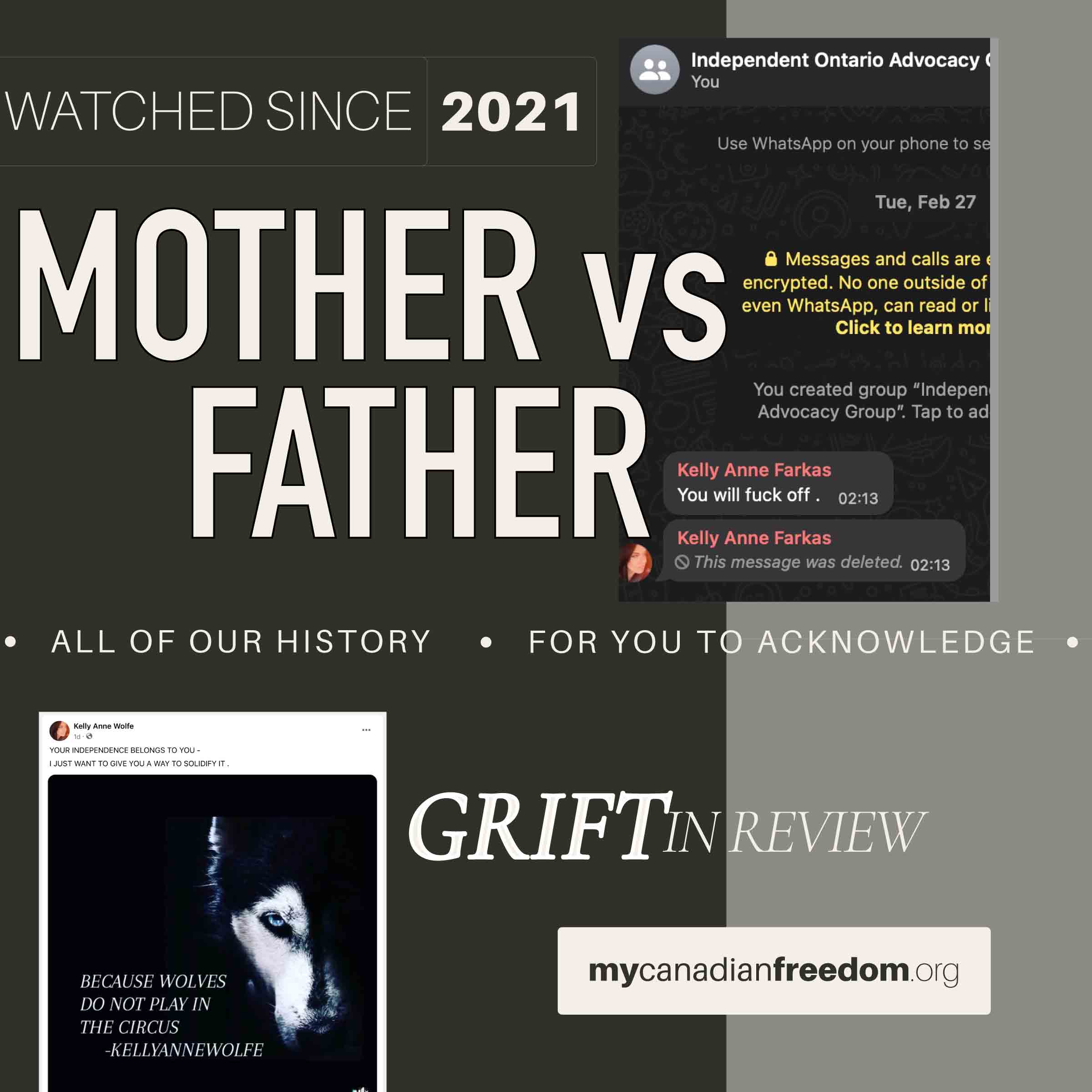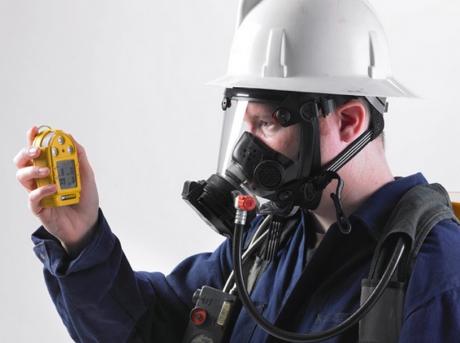At-a-Glance
For more than 18 months, we’ve dealt with questionable advice on masking, ranging from head-scratching and mildly amusing to outright laughable, and there seems to be no end in sight, despite the lack of scientific underpinning for universal masking.
Driving this insanity is the censoring of truthful and factual information by tech platforms such as YouTube. In the Fox News report above, Tucker Carlson calls out YouTube CEO Susan Wojcicki for censoring a video by U.S. Sen. Rand Paul, in which he pointed out that most masks cannot and will not protect you from the virus.
“Saying cloth masks work, when they don’t, actually risks lives,” Paul said in his banned video. Contrary to Wojcicki, Paul is an actual medical doctor, yet Wojcicki believes she’s capable of determining what is and is not medical misinformation.
Mask Recommendations Spiraled
From Sensible to Irrational
Paul’s statement is far from controversial. In a 2020 email obtained via a freedom of information act request, Dr. Anthony Fauci stated, “The typical mask you buy in the drug store is not really effective in keeping out virus, which is small enough to pass through the material.”
In March 2020, Fauci also went on TV stating1,2 that “people should not be walking around with masks” because “it’s not providing the perfect protection that people think that it is.”
Ditto for then-Surgeon General Jerome Adams, who February 29, 2020, tweeted: “Seriously people — STOP BUYING MASKS! They are NOT effective in preventing general public from catching #Coronavirus.”3 Adams has since deleted the tweet, but it lives in infamy all over the internet.4,5,6
- “The point is there was nothing kooky or inaccurate about Rand Paul’s video about masks,” Carlson says. “It was … provably true, people who know what they’re talking about agree with it, including the people in charge of our COVID response, but it was censored anyway. And the fact that it was censored anyway is a scandal.”
Carlson goes on to point out that censorship always backfires because, eventually, the masses catch on to the fact that they’re being lied to, at which point they stop listening altogether. Heavy-handedness also backfires, and the COVID injection campaign is a perfect example.
Had we just been treated like adults, the vaccination rate would probably have been far higher than it currently is. The irrational push with ostentatious bribes followed by illegal implementation of vaccine mandates simply raised too many suspicions in too many people.
- “Obviously, this can’t continue,” Carlson says. “You cannot have a self-governing country in which people aren’t allowed to read what they want. A free press is not an optional feature of a democracy; it’s the center of democracy. That’s obvious. It’s written down in our founding documents.”
How Did Health Authorities Get So Irrational on Masks?
In an August 11, 2021, City-Journal article,7 Jeffrey Anderson reviews the scientific evidence for universal masking, noting that February 25, 2020, U.K. health authorities published guidance discouraging the use of masks even for health care workers in residential care facilities due to the fact that they don’t prevent viral spread.
Although the guidance apparently has been wiped from the internet like Adams’ tweet, Anderson quotes it as saying, “During normal day-to-day activities facemasks do not provide protection from respiratory viruses, such as COVID-19 and do not need to be worn by staff.”
Similarly, March 30, 2020, the executive director for the World Health Organization’s Health Emergency Program stated “there is no specific evidence to suggest that the wearing of masks by the mass population has any particular benefit.”8
Such guidance was truthful and logical. Surgical masks are not designed to protect the wearer or others against viral transmission, as the holes in the fabric are far larger than any virus. They’re merely meant to prevent a health care worker from inadvertently infecting a patient’s wound with bacteria-laden saliva or respiratory droplets. As reported by Anderson:9
- “Public-health officials’ advice in the early days of COVID-19 was consistent with that understanding. Then, on April 3, 2020, Adams announced that the CDC was changing its guidance and that the general public should hereafter wear masks whenever sufficient social distancing could not be maintained.
- Fast-forward 15 months. Rand Paul has been suspended from YouTube for a week for saying, ‘Most of the masks you get over the counter don’t work.’
- Many cities across the country, following new CDC guidance handed down amid a spike in cases nationally caused by the Delta variant, are once again mandating indoor mask-wearing for everyone, regardless of inoculation status.
- The CDC further recommends that all schoolchildren and teachers, even those who have had COVID-19 or have been vaccinated, should wear masks …
- How did mask guidance change so profoundly? Did the medical research on the effectiveness of masks change — and in a remarkably short period of time — or just the guidance on wearing them?”
Why Is the CDC Using Inferior Science
to Support Masking?
We’re routinely told to follow the science and that public health recommendations are based on just that. But are they really? Where is the evidence showing that masking has any impact on viral transmission?
-
It’s striking how much the CDC, in marshalling evidence to justify its revised mask guidance, studiously avoids mentioning randomized controlled trials.
—Jeffrey Anderson
Randomized controlled trials (RCTs) have long been regarded as the gold standard in medical research, as they allow you to isolate a specific variable and reduce the ability of researchers to produce a preferred outcome. It’s still possible through a variety of tricks, but at least then you can see the bias. Curiously, RCTs are now routinely ignored when it comes to mask wearing. Why is that? Anderson reports:10
- “It’s striking how much the CDC, in marshalling evidence to justify its revised mask guidance, studiously avoids mentioning randomized controlled trials ...
- In a ‘Science Brief’11 highlighting studies that ‘demonstrate that mask wearing reduces new infections’ and serving as the main public justification for its mask guidance, the CDC provides a helpful matrix of 15 studies — none RCTs.
- The CDC instead focuses strictly on observational studies completed after Covid-19 began. In general, observational studies are not only of lower quality than RCTs but also are more likely to be politicized, as they can inject the researcher’s judgment more prominently into the inquiry and lend themselves, far more than RCTs, to finding what one wants to find.
- A particular favorite of the CDC’s… is an observational (specifically, cohort) study12 focused on two COVID-positive hairstylists at a beauty salon in Missouri.
- The two stylists, who were masked, provided services for 139 people, who were mostly masked, for several days after developing Covid-19 symptoms. The 67 customers who subsequently chose to get tested for the coronavirus tested negative, and none of the 72 others reported symptoms.
- This study has major limitations. For starters, any number of the 72 untested customers could have had COVID-19 but been asymptomatic, or else had symptoms that they chose not to report to the Greene County Health Department, the entity doing the asking.
- The apparent lack of spread of COVID-19 could have been a result of good ventilation, good hand hygiene, minimal coughing by the stylists, or the fact that stylists generally, as the researchers note, ‘cut hair while clients are facing away from them.’
- The researchers also observe that ‘viral shedding’ of the coronavirus ‘is at its highest during the 2 to 3 days before symptom onset.’ Yet no customers who saw the stylists when they were at their most contagious were tested for COVID-19 or asked about symptoms.
- Most importantly, this study does not have a control group. Nobody has any idea how many people, if any, would have been infected had no masks been worn in the salon.”
RCTs Show Masks Don’t Prevent Viral Transmission
Another piece of evidence leaned on by the CDC is a survey, which is even lower-quality evidence than an observational cohort study.
- “Mask supporters often claim that we have no choice but to rely on observational studies instead of RCTs, because RCTs cannot tell us whether masks work or not. But what they really mean is that they don’t like what the RCTs show,” Anderson writes.
Indeed, you’d be hard-pressed to find even a single RCT showing mask wearing has a notable benefit. Anderson goes through 14 RCTs, conducted around the world, that have investigated the effectiveness of masks against respiratory viruses, discussing their findings.
Among them is a French study13 from 2010, which randomly placed sick patients and their household contacts into a mask group or a non-mask group. Adherence to the designated intervention was “good.”
Within one week, 15.8% of household contacts in the no-mask control group and 16.2% in the mask group developed an influenza-like illness. The 0.4% difference between the groups was statistically insignificant. According to the authors: “In various sensitivity analyses, we did not identify any trend in the results suggesting effectiveness of facemasks.”
The CDC’s own data14,15,16 also show 70.6% of COVID-19 patients reported “always” wearing a cloth mask or face covering in the 14 days preceding their illness; 14.4% reported having worn a mask “often.” So, a total of 85% of people who came down with COVID-19 had “often” or “always” worn a mask.
Handwashing Beats Masks and
Mask-Plus-Handwashing Combo
A 2009 study17 funded by the CDC added hand washing to the mix to see if mask wearing would work better in combination with hand hygiene. One group was instructed on the use of hand hygiene only, a second group used both handwashing and face masks, and a third group did nothing.
While the mask-plus-handwashing group fared statistically better than the control group in one measure, the handwashing-only group beat the control group to a statistically significant degree in two measures.
This suggests handwashing alone was actually the most effective measure. According to the authors, “no additional benefit was observed when facemask [use] was added to hand hygiene by comparison with hand hygiene alone.”
The notion that handwashing alone beats even the combination of handwashing and mask wearing gained support in a 2011 study,18 which discovered that among those who washed their hands and wore face masks, the secondary attack rate of influenza-like illness was double that of the control group, which did nothing.
Multivariate analysis showed the same thing, leading the authors to conclude that relative to the control group, the odds of infection among those wearing masks and washing their hands was “twofold in the opposite direction from the hypothesized protective effect.”
COVID-19 Specific Mask Trial Failed to Prove Benefit
The first and to my knowledge only COVID-19-specific randomized controlled surgical mask trial,19,20 published November 18, 2020, also undermined the official narrative that masking works. Interestingly, it found routine mask wearing may either reduce your risk of SARS-CoV-2 infection by as much as 46%, or it may increase your risk by 23%.
Either way, the vast majority — 97.9% of those who didn’t wear masks, and 98.2% of those who did — remained infection-free, so SARS-CoV-2 infection isn’t nearly as widespread as we think it is.
The study included 3,030 individuals assigned to wear a surgical face mask and 2,994 unmasked controls. Of them, 80.7% completed the study. Based on the adherence scores reported, 46% of participants always wore the mask as recommended, 47% predominantly as recommended and 7% failed to follow recommendations.
Among mask wearers, 1.8% ended up testing positive for SARS-CoV-2, compared to 2.1% among controls. When they removed those who did not adhere to the recommendations for use, the results remained the same — 1.8%, which suggests adherence makes no significant difference either.
Among those who reported wearing their face mask “exactly as instructed,” 2% tested positive for SARS-CoV-2 compared to 2.1% of the controls. So, essentially, we’re destroying economies and lives around the world to protect a tiny minority from getting a positive PCR test result, which we now know means nothing.
Another investigation21 that compared caseloads between states with mask mandates and those without showed states with mask mandates had an average of 27 positive SARS-CoV-2 “cases” per 100,000 people, whereas states with no mask mandates had just 17 cases per 100,000. This too suggests mask mandates have no positive impact to speak of.
More Science
If you’re still on the fence about whether masks are a necessity that must be forced on everyone, including young children, consider reading through some of the available medical literature. In addition to the research reviewed above, here’s a small sampling of what else you’ll find when you start searching for data on face masks as a strategy to prevent viral infection:
- Surgical masks and N95 masks perform about the same — A 2009 study22 published in JAMA compared the effectiveness of surgical masks and N95 respirators to prevent seasonal influenza in a hospital setting; 24% of the nurses in the surgical mask group still got the flu, as did 23% of those who wore N95 respirators.
- “No evidence” masks prevent transmission of flu in hospital setting — In September 2018, the Ontario Nurses Association (ONA) won its second of two grievances filed against the Toronto Academic Health Science Network’s (TAHSN) “vaccinate or mask” policy. This information also appears to have been scrubbed from the internet, but it is available in Wayback archives. As reported by the ONA:23
- “After reviewing extensive expert evidence submitted … Arbitrator William Kaplan, in his September 6 decision,24 found that St. Michael’s VOM policy is ‘illogical and makes no sense’ …
- In 2015, Arbitrator James Hayes struck down the same type of policy in an arbitration that included other Ontario hospitals across the province … Hayes found there was ‘scant evidence’ that forcing nurses to use masks reduced the transmission of influenza to patients…
- ONA’s well-regarded expert witnesses, including Toronto infection control expert Dr. Michael Gardam, Quebec epidemiologist Dr. Gaston De Serres, and Dr. Lisa Brosseau, an American expert on masks, testified that there was… no evidence that forcing healthy nurses to wear masks during the influenza season did anything to prevent transmission of influenza in hospitals.
- They further testified that nurses who have no symptoms are unlikely to be a real source of transmission and that it was not logical to force healthy unvaccinated nurses to mask.
- No significant reduction in flu transmission when used in community setting — A policy review paper25 published in Emerging Infectious Diseases in May 2020, which reviewed “the evidence base on the effectiveness of nonpharmaceutical personal protective measures… in non-health care settings” concluded, based on 10 randomized controlled trials, that there was “no significant reduction in influenza transmission with the use of face masks…”
- “No evidence” that universal masking prevents COVID-19 — A 2020 guidance memo by the World Health Organization pointed out that:26
- “Meta-analyses in systematic literature reviews have reported that the use of N95 respirators compared with the use of medical masks is not associated with any statistically significant lower risk of the clinical respiratory illness outcomes or laboratory-confirmed influenza or viral infections…
- At present, there is no direct evidence (from studies on COVID-19 and in healthy people in the community) on the effectiveness of universal masking of healthy people in the community to prevent infection with respiratory viruses, including COVID-19.”
- Mask or no mask, same difference — A meta-analysis and scientific review27 led by respected researcher Thomas Jefferson, cofounder of the Cochrane Collaboration, posted on the prepublication server medRxiv in April 2020, found that, compared to no mask, mask wearing in the general population or among health care workers did not reduce influenza-like illness cases or influenza.
In one study, which looked at quarantined workers, it actually increased the risk of contracting influenza, but lowered the risk of influenza-like illness. They also found there was no difference between surgical masks and N95 respirators.
Let’s Follow the Actual Science
If we are to follow the science — which is a good idea in general and particularly when it comes to public health mandates — we should not wear masks. As reported by Anderson:28
- “In sum, of the 14 RCTs that have tested the effectiveness of masks in preventing the transmission of respiratory viruses, three suggest, but do not provide any statistically significant evidence in intention-to-treat analysis, that masks might be useful.
- The other eleven suggest that masks are either useless — whether compared with no masks or because they appear not to add to good hand hygiene alone — or actually counterproductive.
- Of the three studies that provided statistically significant evidence in intention-to-treat analysis that was not contradicted within the same study, one found that the combination of surgical masks and hand hygiene was less effective than hand hygiene alone, one found that the combination of surgical masks and hand hygiene was less effective than nothing, and one found that cloth masks were less effective than surgical masks.”






Comments